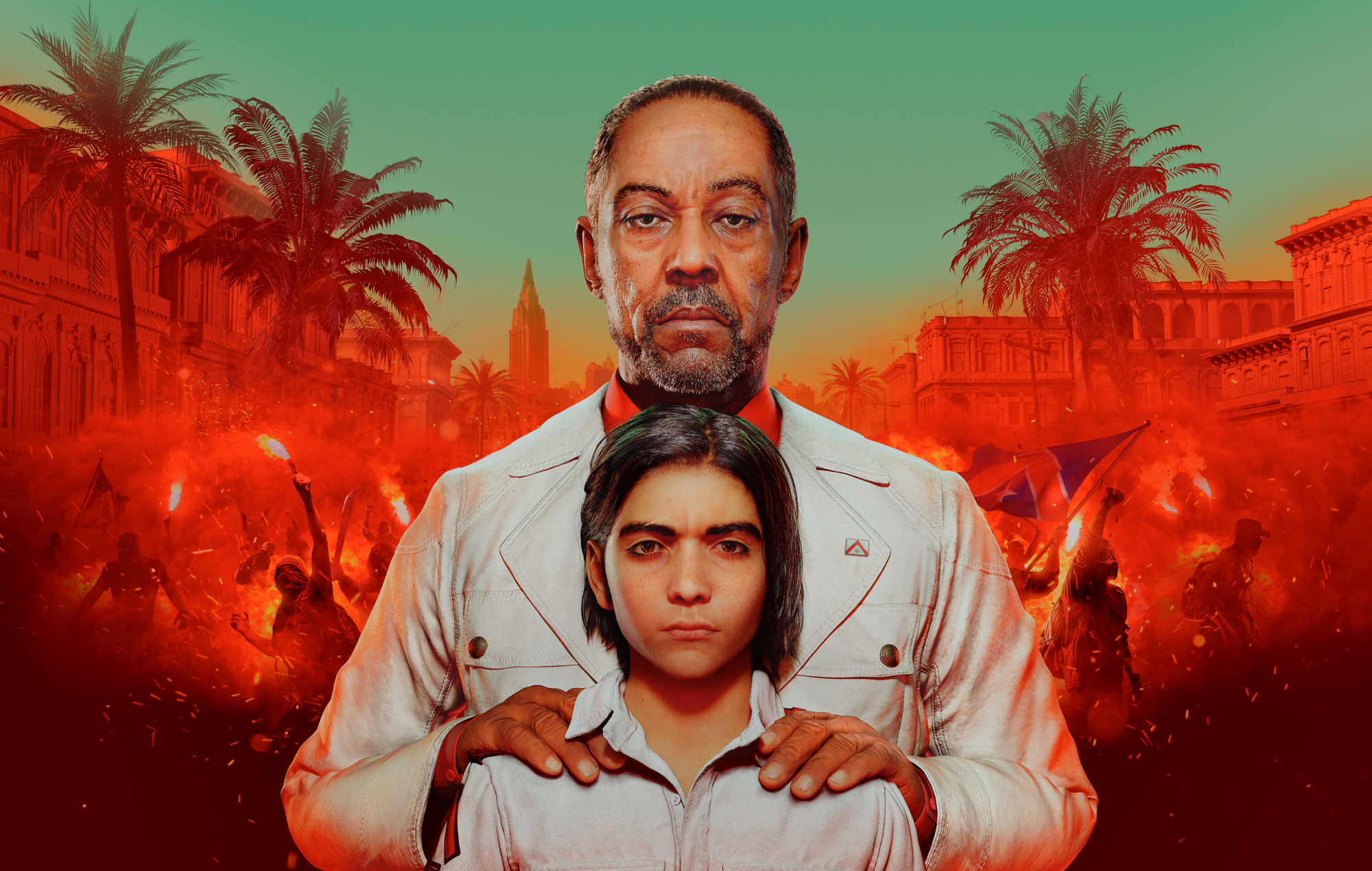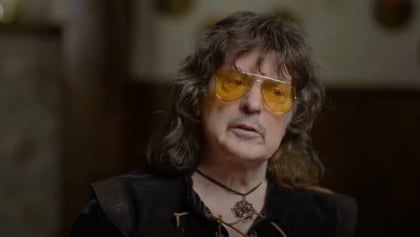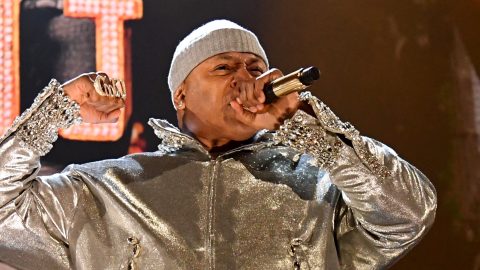
Since 1993, Wizards of the Coast has created a complex cosmology for Magic: The Gathering where numerous worlds with distinct cultures and ecologies are connected by the powerful magic users, dubbed Planeswalkers, that can travel between them. But for its latest set, the company set all of that lore aside to venture into the Forgotten Realms, the most famous campaign setting for the tabletop roleplaying game Dungeons & Dragons.
“Magic was in some ways born from D&D,” said Wizards senior game designer Glenn Jones. “The very earliest pitch for the game was something to do between D&D sessions.”
Magic wound up eclipsing D&D in popularity, leading to Wizards buying D&D maker TSR in 1997. Yet the two properties were largely kept separate until 2018, when Guildmaster’s Guide to Ravnica gave D&D players the chance to spend a campaign in one of Magic’s most popular settings. Jones said that campaign books were a natural extension of the worldbuilding that Magic’s designers do whenever they work on a new set.

“The best practices of our creative team are going to wind up giving you something that you can turn into a campaign setting pretty frequently,” he said. “By having a really strong worldbuilding team that does incredibly rich creative treatments of all the planes, you wind up with worlds that can support tons of stories, including the ones players may want to tell for themselves.”
Adventures in the Forgotten Realms is the first time that crossover happened in reverse, which posed its own challenges. Andrew Veen served as lead vision designer for the set, combining his love for both games to try to make their mechanics work together. Most challenges in D&D are resolved in part by rolling a 20-sided die and many cards in the set require players to do the same, with higher results making the effect more powerful. Many of the character abilities were named for D&D equivalents like sneak attack, a rogue’s ability to extra damage to someone they catch unaware.
“He had a lot of fascinating ideas for things we could try and use to capitalize on what D&D had already created and translate it into Magic,” Jones said.
While those synergies were meant to appeal to anyone regularly playing both D&D and Magic, Jones said there was a real question about how to reach those who only enjoyed one of the games.

“Most D&D players have some passing familiarity with Magic, and that in some ways is a challenge unto itself,” he said. “That means that most D&D players that don’t already play Magic at some point decided they did not want to.”
The designers saw the set as a way to reintroduce D&D players to a game they may have last played 15 or 20 years ago. At the same time, they wanted to create a set that was enjoyable to play on its own but also might get Magic players intrigued by the lore of D&D.
“We saw it as an opportunity to marry both brands since they have pretty distinct player bases,” Jones said. “We wanted to make a product that was really satisfying to both sides of that audience and I think Adventures in the Forgotten Realms qualifies.”
Forgotten Realms was in part popularized by the novels of R. A. Salvatore, and Adventures in the Forgotten Realms lets players build decks featuring characters from his books, including his protagonist, the rebel drow Drizzt Do’Urden. Jones said he was thrilled to get to work on the cards for Drizzt and his travelling companions Bruenor Battlehammer, Wulfgar and Catti-brie.

“I first read R.A. Salvatore’s Homeland in sixth grade out of a book bin that was sitting in the classroom and I’ve devoured those books ever since,” he said. “I would dive into the database and send (lead designer Jules Robins) a message and say ‘This is not cool enough to be Drizzt yet. He would be better at this thing.’ I’m very happy with the final card. I think it captures the essence of the character very well and tells a cool story.”
Adventures in the Forgotten Realms is the first full set to exist outside of Magic’s canon, but it’s part of a new focus on using the game to explore new worlds. Magic first dipped into pop culture last year with the release of Secret Lair: The Walking Dead, a small collectable set of new cards based on characters from the AMC show. Future Secret Lair drops will be based on Fortnite and Street Fighter. Unlike Adventures in the Forgotten Realms, these are all grouped under Universes Beyond, a group of sets that won’t be legal in tournaments. Other releases planned under that umbrella include Warhammer 40,000 Commander decks releasing in 2022 and the booster set The Lord of the Rings: Tales from Middle-earth, coming in 2023.
Despite all the trips to other worlds, Jones said fans of Magic’s core setting have nothing to worry about.
“Our product portfolio is getting larger and more diverse, which can make the Magic multiverse seem smaller because it’s growing as well, but perhaps not at as fast a rate,” he said. “We’re not leaving Magic’s multiverse behind.”
Samantha Nelson is a freelance journalist and regular contributor to NME.
The post ‘Magic: The Gathering’ goes on a ‘Dungeons & Dragons’ adventure appeared first on NME.







